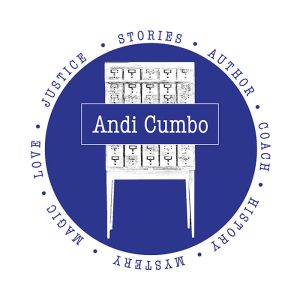
Photo by Anton Darius | @theSollers on Unsplash
When I was in school, my professor assigned For the Time Being by Annie Dillard.* At first, I was put off by the segments of the book, by the chunks of information interspersed with the reflections and meditations of Dillard’s own mind. I wanted something linear, something easy to track, something fully connected – not just a jumble of bone-ideas but a fully-assembled skeleton.
If you didn’t know, I am a VERY linear person.
But then I gave way to Dillard’s structure. I let myself slide from segment to segment, from Teilhard de Chardin to the Chinese terracotta soldiers to cloud forms, and I discovered something magical – I put together the skeleton from Dillard’s pieces, and thus, I found the truth, the insight, the understanding I most needed, even though I didn’t know I needed it.
It was the most freeing gift I’ve ever been handed as a writer.
**
Many of us formally learn to write in an academic context where the ligaments and tendons of transitions and the “shin bone connected to the knee bone” of structure is essential. And so when it comes time for us to embrace the lure of creative writing, we begin there . . . and that’s a fine place to begin and sometimes even to end. There is nothing in the world amiss with linear writing.
But there is something magical, mystical, very, very true about nonlinear writing, something that it isn’t possible to capture in scenes or paragraphs that are tied so tightly together that the reader has no choice but to follow the path the writer lays out. When we leave gaps, spaces, caesuras, erasures in our writing, when we leave room for a reader to spin and hunt and leap a little, we give that person a chance to become, even more than usual, part of the work itself. That, friends, is a profound giving we do then.
**
I’m in the midst of savoring Gayle Brandeis’ memoir The Art of Misdiagnosis*, a powerful, heart-rending work that combines transcripts of her mother’s films, her own letters to her mother, and narrative reflections leading up to her mother’s suicide. Brandeis uses throughlines of time and space to keep us grounded, and the typography of the book makes it clear what type of fragment we are reading now. But there’s no effort put into drawing connections between the pieces, in making pronouncements about what Gayle saw in that segment of her mother’s films. Each piece stands on its own, and yet it also throws out tiny tendrils of truth that weave and grow in the other pieces of the book. It’s haunting in the most mystical way.
This memoir is reminding me that sometimes my work is to do the very best job of telling the truth, of painting a story, of dancing a tale . . . and then to trust the rest of the work to the reader. Ah, trust, that’s a hard thing.
What are your thoughts about nonlinear writing? Have you tried it? Are there any books you’d recommend that are more a jumble of truth and a fully-constructed skeleton?
**
Help Launch My Next Book!
Friends, this spring, my first traditionally-published book Plantation Jesus: Race, Faith, and a New Way Forward* is coming out. I was honored to be brought in to finish writing this book after Rick Wilson, the original author, died and his friend Skot Welch wanted to honor his commitment to finish the book. Everything about the book was challenging for me – learning how to co-write, taking the intent of someone else’s story and making it breathe more fully, tackling the tough subject matter of racism in the Christian church. But as with all tough things, I couldn’t be more proud of the work we have done.
Now, we are looking for people who will help us spread the word about the book in these weeks before it arrives on May 22. If you would like to help, we’d be grateful to have you join our launch team. You’ll get a free, electronic copy of the book, tips on how to share it with your friends, colleagues, and congregations, as well as the opportunity to meet other book lovers. Click here to join us. Thank you.
